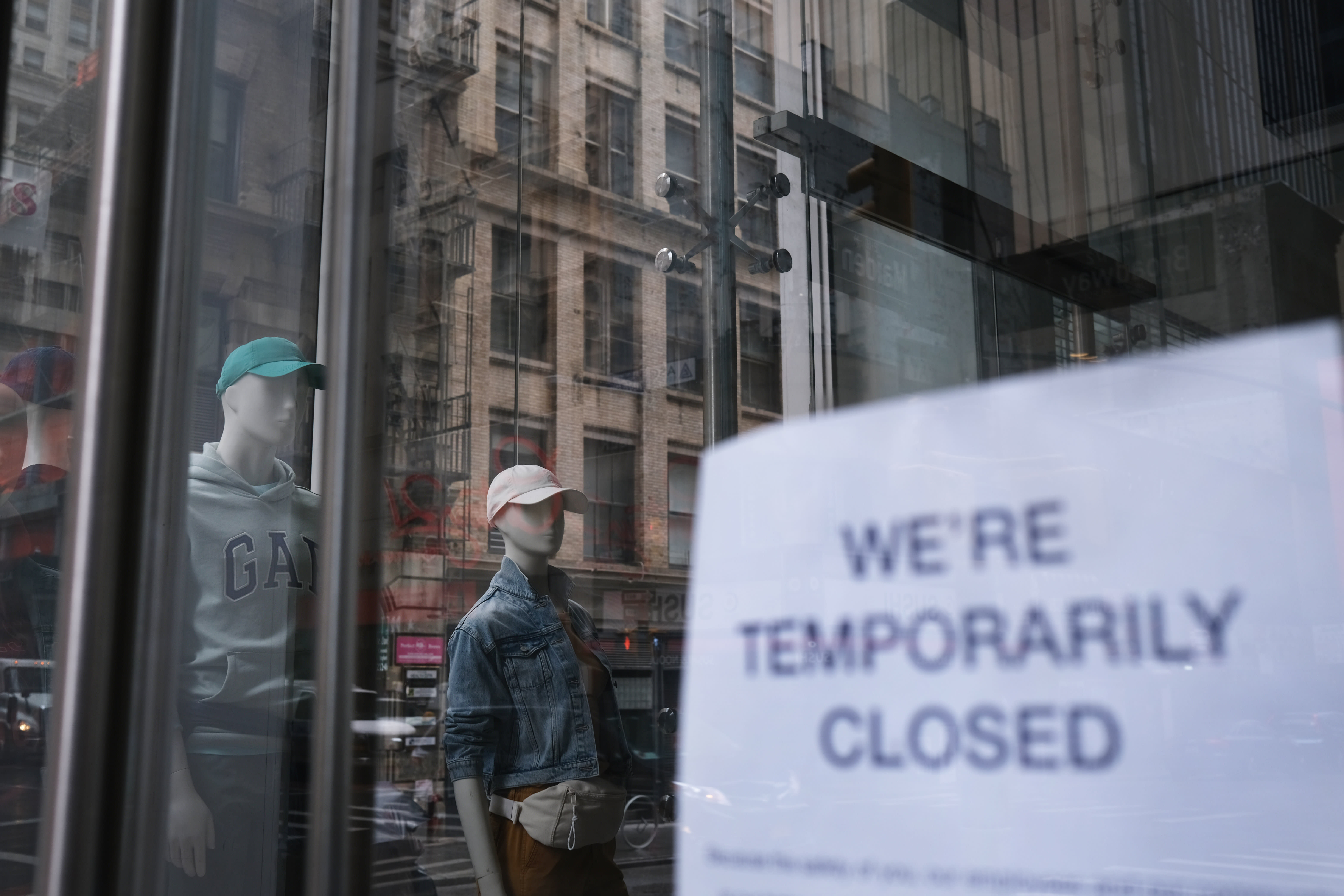Spencer Platt | Getty Images
The unemployment rate in the U.S. improved last month as millions of people returned to the workforce.
But the official 13.3% unemployment rate, while still high relative to any point since the Great Depression in the early 20th century, likely understates the economic damage wrought by the coronavirus pandemic.
The real unemployment rate is likely at least 16%, according to the federal government.
That would mean roughly 1 in 6 people can’t find work.
The Bureau of Labor Statistics, which published its monthly jobs report Friday morning, admitted the official unemployment rate may be low relative to reality due to an error in data collection.
Furloughed workers
Around 21 million Americans were unemployed as of mid-May, a reduction of 2.1 million people from a month earlier, according to BLS data.
The BLS determines how many people are unemployed based on a household survey. Survey interviewers misclassified several furloughed workers as being “absent from work due to ‘other reasons,'” according to the BLS.
That’s the same category of workers who’d be on vacation, for example.
16.3% unemployment rate
The overall unemployment rate would have been “about 3 percentage points higher than reported” if those individuals had been identified correctly, according to the agency. (The estimate isn’t seasonally adjusted.)
That would put the official unemployment rate at 16.3%.
The true rate could be higher still.
The unemployment rate doesn’t include the share of workers who may have dropped out of the workforce, perhaps due to feeling pessimistic about the chances of finding a job in the current economy. More than 6 million workers have dropped out of the labor force since February.
Of course, furloughed workers could be recalled back to work quickly, depending on the speed of the economic rebound as states begin to reopen certain business sectors. The unemployment rate would likely rebound faster in this eventuality than if the layoffs were permanent.
The same misclassification phenomenon occurred in April, too — the official 14.7% unemployment rate would have been nearly 20% if furloughed workers had been identified correctly, the BLS said.
“BLS and the Census Bureau are investigating why this misclassification error continues to occur and are taking additional steps to address the issue,” the agency said Friday in the jobs report.
“According to usual practice, the data from the household survey are accepted as recorded,” the agency said. “To maintain data integrity, no ad hoc actions are taken to reclassify survey responses.”
